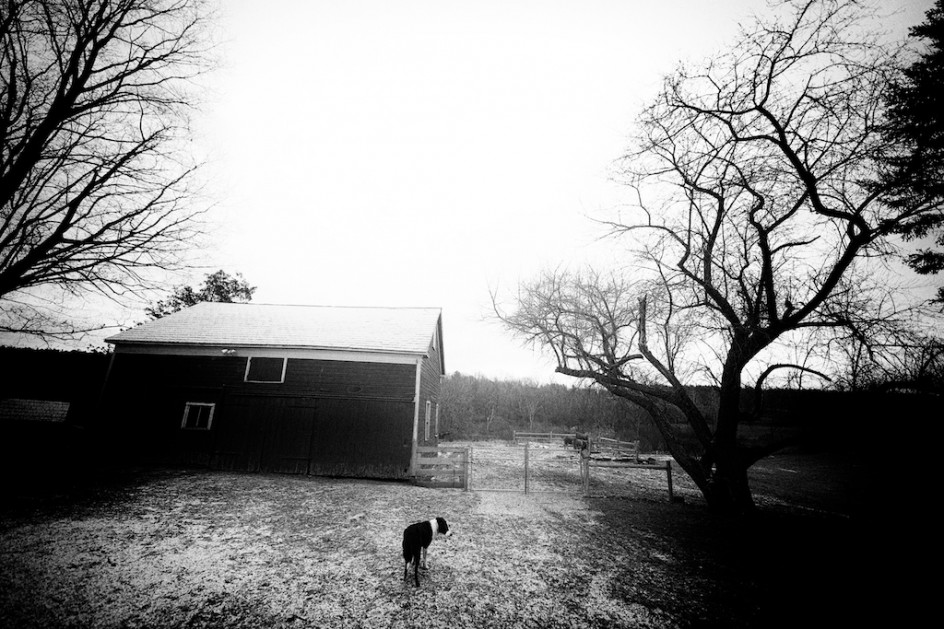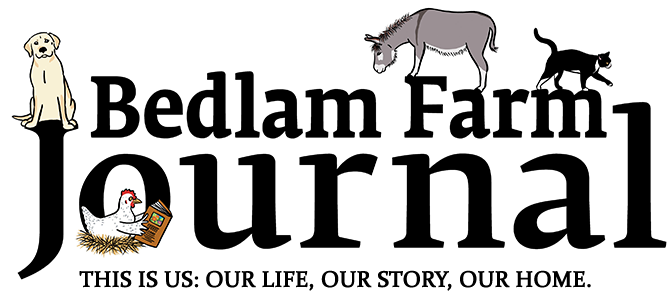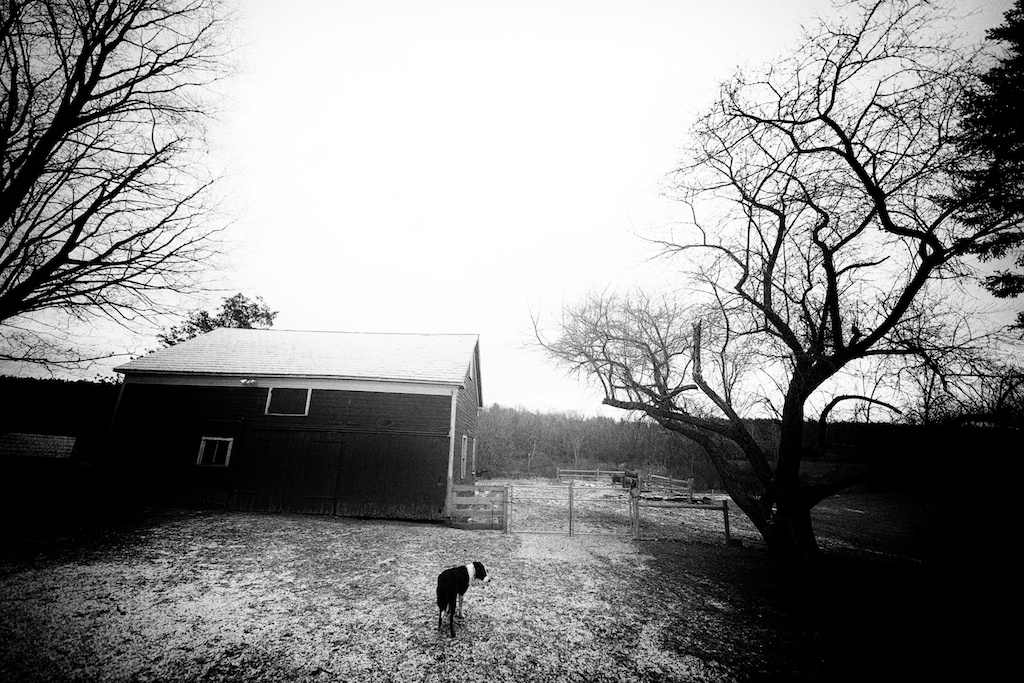
When I moved to Bedlam Farm in 2003, I encountered one blizzard after another for months. My weather source was a small radio farmers used that was tuned into the National Weather Service emergency weather channel. It wasn’t that long ago, but it was another world in terms of weather. There was a squeaky little voice and I had to turn the antenna to pick it up. He wasn’t vey dramatic, he just told me how much it would snow. The government was the source of weather news, not corporate for profit media conglomerates. There was no profit in predicting storms and thus, little drama. We didn’t see the storms moving across he world, we just learned they were coming.
Storms did not have names, and were not called “apocalyptic.” People talked about wars and elections as epic as “historic” events, not snowstorms. We did not have smartphones on all the time, and tablets streaming weather news every minute in graphic and animated color. And storms were not caught up in the noxious “left-right” mindsets of our time. Storms were not for profit, and they were not political. Climate change was an evolving idea, not an argument without end.
I am not recounting this be nostalgic or to glory in the old days. Like you, I am looking for a way to deal with the new rituals of the Superstorm, a new reality in our lives. I want to be prepared, I do not like being frightened or having my nervous system assaulted for days on end. I’m figuring it out.
The new ritual of the Superstorm seems to go this way. People start hearing of a major storm on the phones, in e-mail, on social media. They need spread the news by word-of-mouth, still the fastest and most efficient communications system. The corporate weather forecasters crank it up, give the storm names and use their powerful new technology to pinpoint storm tracks and rainfall and snow and tide amounts and predictions. We are overwhelmed with alerts and disturbing graphics as well as video of past traumas and destruction. And long lists of things to do to be safe.
The Superstorm phenomena reminds me of the medical/health care system. Lots of new technology, little thought or reasoning given to how it used, lots of corrupting money hovering in the background, the elephant in the room. In America, sooner or later, it is all about money.
We believe in the technology of the Superstorm, yet is is difficult to trust the motives and tone of the forecasters, as the more fear they sow, the more people watch, the more money they make. We are sometimes addicted to them, we resent them for it. And we are led to believe – like pills – that our lives depend on them. As with doctors, there is an inherent conflict of interest in the new weatherman’s work, an unavoidable suspicion that they are working us, not concerned for us. The Weather Channel doesn’t make money from good weather, doctors don’t make money keeping people healthy or not prescribing tests and pills. How are we supposed to thread through this conundrum – we worship technology, we are wary of greed as an ethic? It’s a formula for suspicion and distraction. And for worry.
People get frightened at the continuous and hyperbolic barrage of weather alarms. They either deny the reality of what’s happening – there are, in fact, a lot of awful, destructive and frightening storms, we do need to know about them – or they end up squawking about the media coverage more than thinking about the storms. In my first years at Bedlam Farm, storms were frightening to me. I was usually alone and if you have a farm with animals, storms can be an awful and fraught responsibility, a lot of creatures depending on your forethought and attention for life. I remember crawling across the frozen ground with hoses wrapped around me to get water to the animals past the frozen pipes.
Since Maria has come into my life it is different. I am not alone, I have learned how to prepare for storms, and I see them as an opportunity to take beautiful photographs, a great way of looking at the beauty and power of nature, of being reminded that it is not only dangerous, but a part of life. The farmers I know are not afraid of storms, they respect them. There is a big difference.
Some I am working on my sense of grounding, my new rituals. I check the weather once or twice a day, and I know I have no reason to check it further. A day or so out, everybody knows where the storm is coming and what it will do. We fill water buckets, charge cell phones, etc. I ignore 90 per cent of the things the weather channels tell me I need to do. I remember during that first winter that several storms dumped two or three feet of snow. The animals and dogs and I survived all of them. I check the camera batteries, choose the lenses, think of the images I want to capture.
It is challenging to stay grounded in the much-hyped era of the Superstorm, not because the storms are not real but because we are hammered so continuously by alarming information, supplied by entities whose motives transcend weather. In the Corporate Nation, the true masters of this universe are the stockholders. Storms make them very happy. The rituals of the Superstorm – the drama, hype, denial and wariness – also obscure what is, for me, their true message, one you will not hear talked about in the breathless minute-by-minute coverage.
I think of them this way, and this is my ultimate new ritual of the Superstorm. Mother Earth is crying out to me, the rain and the snow her copious tears and laments. Pay attention to me, she is crying out. I am hurting and you need to care for me. Amidst the wind and fury of the Superstorm, I am careful to listen.

